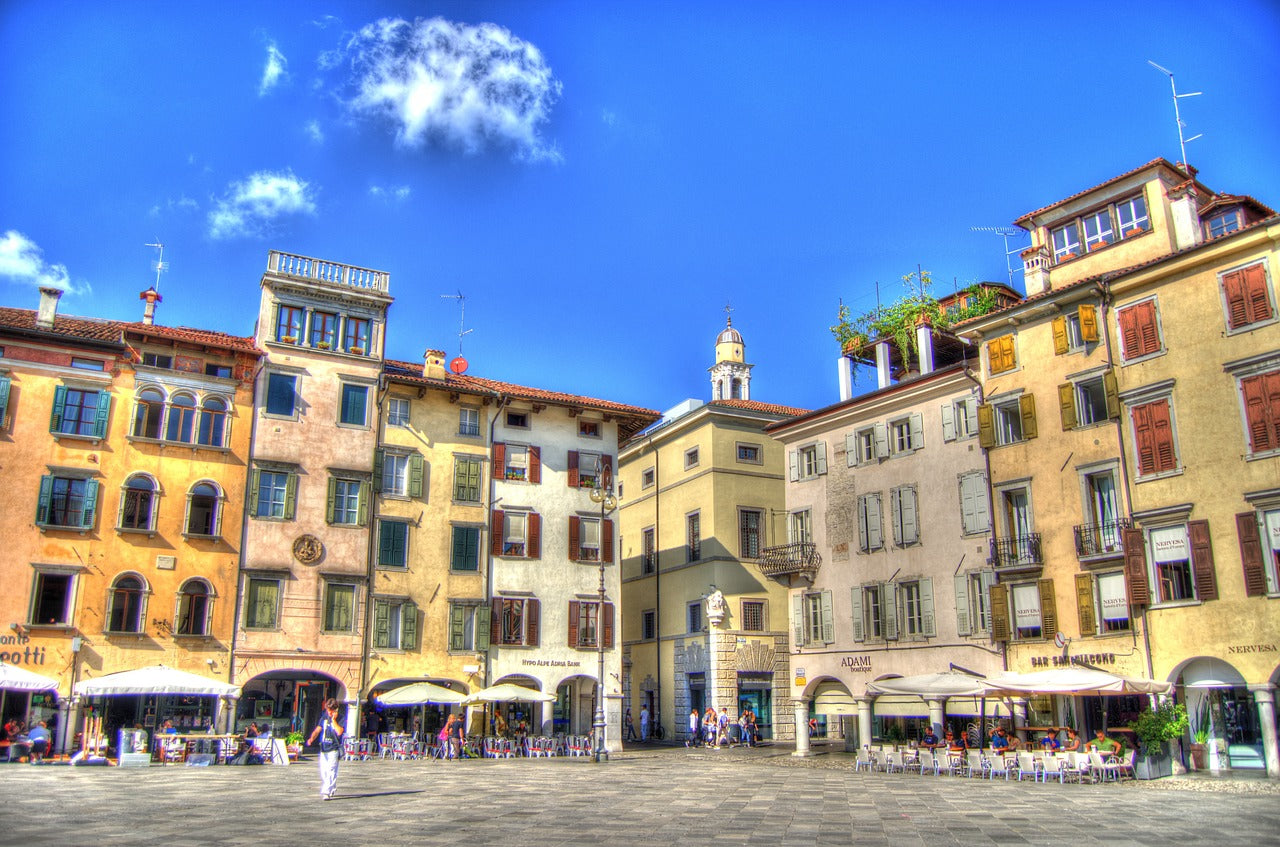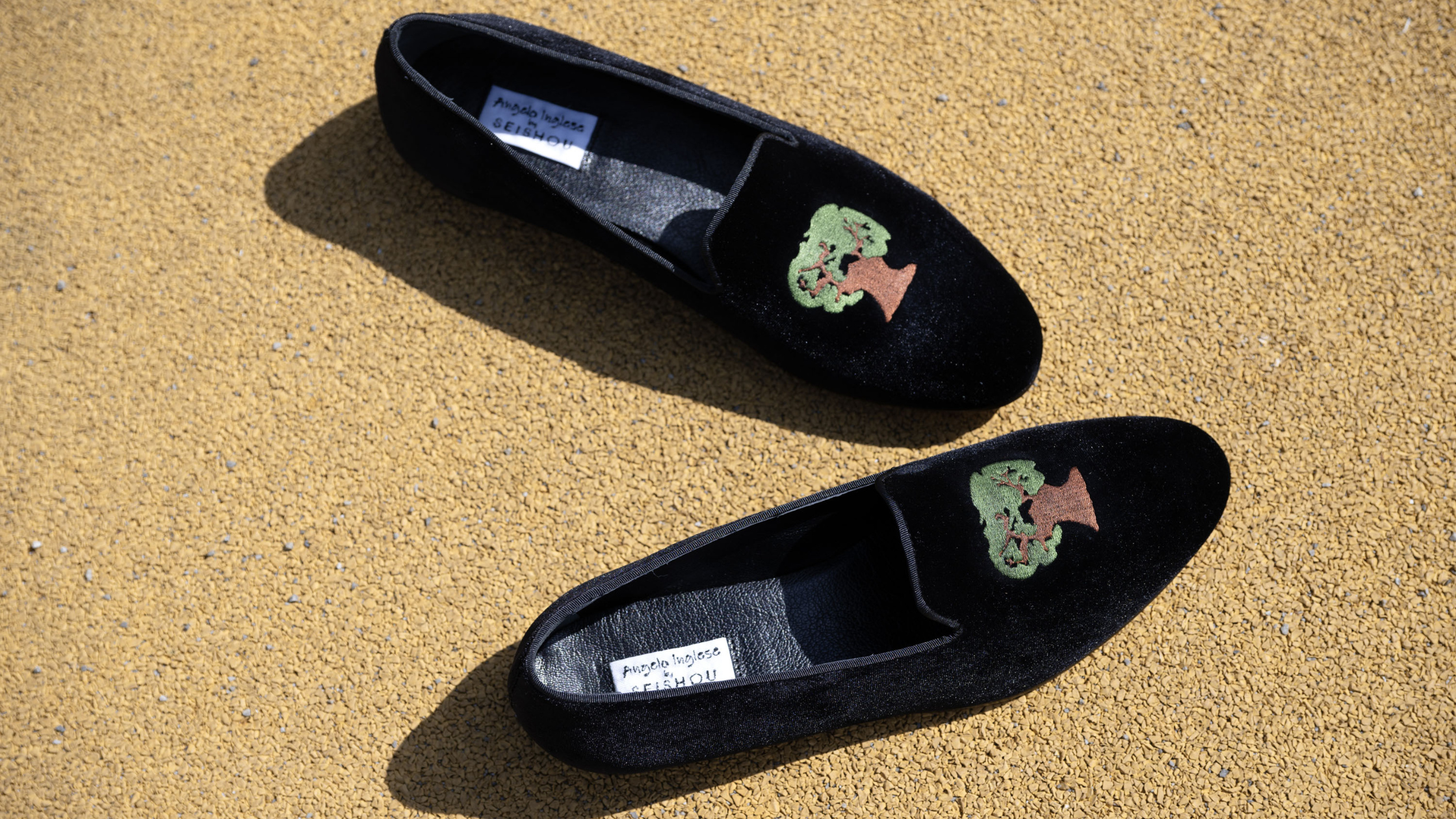Article: Travelling to Friuli: “The small compendium of the universe”

Travelling to Friuli: “The small compendium of the universe”
There’s a land, near the borders of this “realm”, in the far north east of Italy where the mountains meet the sea. With its hot summers and snowy winters this land is the perfect balance between ancient history and innovative drive. The author Ippoito Nievo, who lived there, defined it as “the small compendium of the universe”. It is Friuli Venezia Giulia, just a couple hours drive from Milan, well connected to the rest of the Country thanks to the Ronchi dei Legionari airport, and on the railroad line to Austria. It’s easy to visit it in just a long weekend, whether or not you decide to include Trieste, which actually would be enough on its own. Travelling around Friuli is easy: no queues for museums and so much to see from the cultural, historical, and natural point of view.
This is our suggestion for the perfect three days trip to Friuli:
Day one:
Morning:
The best position to seek accommodation if you want to truly experience “classical” Friuli is definitely Udine and its roundabouts, where there’s plenty of hotels, bed and breakfasts, farms, and holiday homes. It is the so-called mid-Friuli, from which you can easily reach the whole region. Visiting Udine doesn’t take too long. A quick trip to the centre to see Piazza Libertà with its Loggia del Lionello, the city hall, designed by Raimondo D’aronco in the 19th century, Mercatovecchio street and eventually, as you approach the university, you’ll come across the library, Paolo Sarpi Street, Piazza San Cristoforo, and riva Bartolini sulla Roggia, the characteristic water channel. Taking one of the alleys of either Mercatovecchio or Paolo Sarpi Street, you’ll reach the true heart of Udine: Piazza delle Erbe, also known as Piazza Matteotti, dei Grani, or San Giacomo. It is as small as it is spectacular, with its surprising asymmetry and the church of Saint James being unexpectedly located on the far side.
Now, pick one of the many bars and restaurants that overlook the square where on Saturday mornings the traditional farmers market takes place. While you’re there chilling outside, you can’t miss the chance of having a typical aperitif, possibly with a tajùt, a typical variety of wine, or maybe a glass of prosecco Friulano (former Tocai), a Ramando, or a Spritz. You’ll have plenty of choice for a typical lunch and dinner as well, for example Alla Ghiacciaia, with a view on the canal and Al Vecchio Stallo, full of mementos and antiques.
Afternoon:
An afternoon is enough to visit the Cividale del Friuli: from the small longobard temple, to the Bridge of the Devil and the civic museum. At the Caffè Longobardo in Piazza Paolo Diacono, a square named after a great longboard historian, you’ll have a chance to taste a Gubana, a typical pastry soaked in Slivovitz prune liquor.
Cividale can be reached on a small train that leaves from Udine station. However, if you’re travelling by car, on your way back you could stop at the Corno di Rosazzo, where every street has been renamed after a type of wine and, not very far away from there, you could visit Cormons, a city that once belonged to the Austro-Hungarian Empire. On the road from Corno to Cormons there’s a small town called Giassico, where people still celebrate every year the birthday of the Emperor Franz Joseph. After that, if you stop at the Subida, you’ll find the trattoria Il Cacciatore, an Osteria and accommodations for tourists.
Second Day:
Full day trip
You’ll start your trip from San Daniele, the hometown of the most famous Italian prosciutto. Pick the picturesque road that crosses the Corredo di Monte Albano, which goes up and down following the natural path of the morainic hills and takes you to the castle of Nievo, one of the very few parts of the area that hasn’t been fully rebuilt after the earthquake of the 6th of May 1976. After visiting San Daniele, which is basically an historic centre on the top of a hill and having a walk around the square, you can visit the Duomo, the Guarneriana library and the castle’s garden. After that a good feed of prosciutto is a must!
Then, reach Majano, Osoppo, and, most of all, Gemona del Friuli and Venzone. This is exactly where, in that evening of May of many years ago, a magnitude 6.5 earthquake buried over a thousand people, other than the historic past of this land, drawing a sharp line between the before and the after.
On the other hand, Gemona, with its Duomo, the statue of Saint Christopher, and Bini Street is pure medieval history. Its medieval neighbourhood withstood the earthquake when everything else around it crumbled, thanks to the anti-seismic measures that had been put in place in the previous centuries. Don’t miss the recently re-built castle, the earthquake museum, piazza del Ferro with its panoramic view, the city hall, and all of the new part of the city.
Venzone, slightly more up north, on the road that takes to the border with Austria, is a symbol of our ancient past. Everything is made of stone, it collapsed completely after the earthquake and has now been fully rebuilt. You can park outside and then walk towards the centre, on the same square where movies like “Addio alle Armi” and “La Grande Guerra” were shot. You can’t miss your chance to see the dome, that was destroyed in the earthquake and then rebuilt piece by piece like a puzzle using the technique of anastylosis.
On your way back, you could stop for dinner at Ospedaletto di Gemona. In Cjamparis Street there’s a famous restaurant where you can taste typical paninis and big slices of layered cakes.
Third day:
Full day trip
On the way from Udine to the sea, you’ll come across Palmanova, the fortified city shaped like a nine-pointed star. You could stop for a walk around the main square and alongside the walls of the city.
Most importantly, just a few kilometres away, after the medieval town of Strassoldo, and the small city of Cervigno, you’ll reach Aquileia, a roman colony founded in 181 B.C., chosen as capital of the X Regio Augustea, which used to be an important centre for the Christian Church. During its golden ages it used to count over 100 thousand people and it is a truly unique place. In Augustea you can travel back to the past thanks to the church, with its beautiful mosaics, the roman port, the court, the ruins, and the archeologic museum.
After this dive into the part of the ancient empire, you could go south and, after a couple of kilometres, you’ll find yourself on a bridge in the middle of a spectacular lagoon.
This is the entrance to the Grado, “the Island of the sun”, with the beach, the walk to the port and along the dam, the tiny alleys of the old town, and, of course, the church.
There’s a wide range of places to stop and eat something, with a view on the sea or on the port or maybe one overlooking the old town. A restaurant that really stands out is “Bella Grado” that faces the port and has an outside space heated during the winter. When it comes to coffee, choose one of the many shops on the dam. The perfect place to sip some coffee while admiring the horizon between the water and the sky. Going west, you’ll see the skyscrapers of Lignano Sabbiadoro, another seaside locality of this region. This is a much younger place with more nightlife and it was built recently since these swamps have only been drained at the beginning of the nineteen hundred.
That’s it, you’ve reached the Adriatic Sea, it’s the end of the journey. You are in that place where sometimes the tide is so low that you can walk in the sea for miles, just like in a dream.


